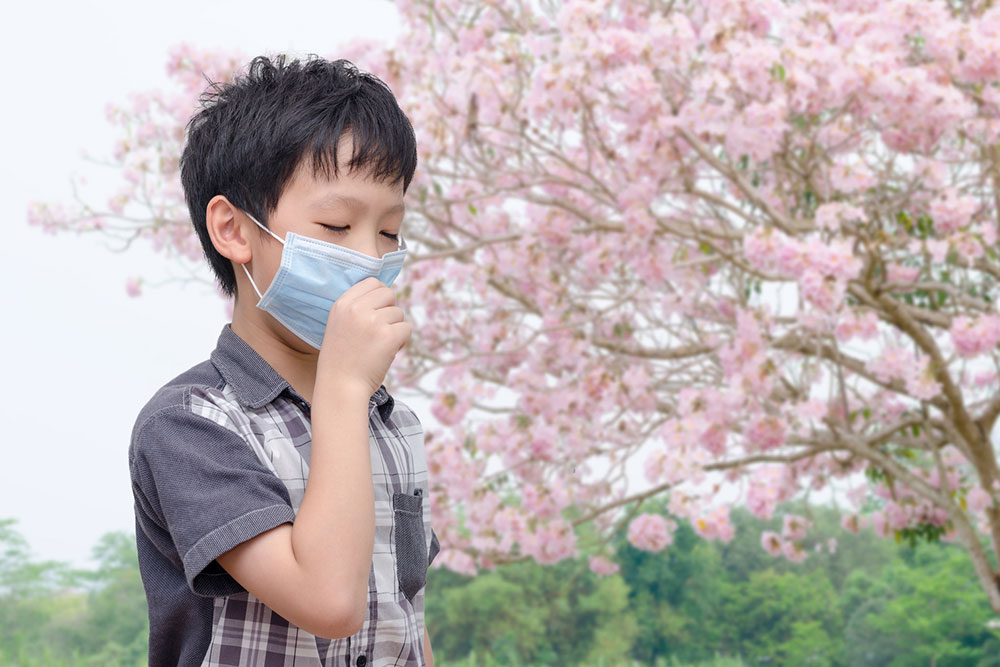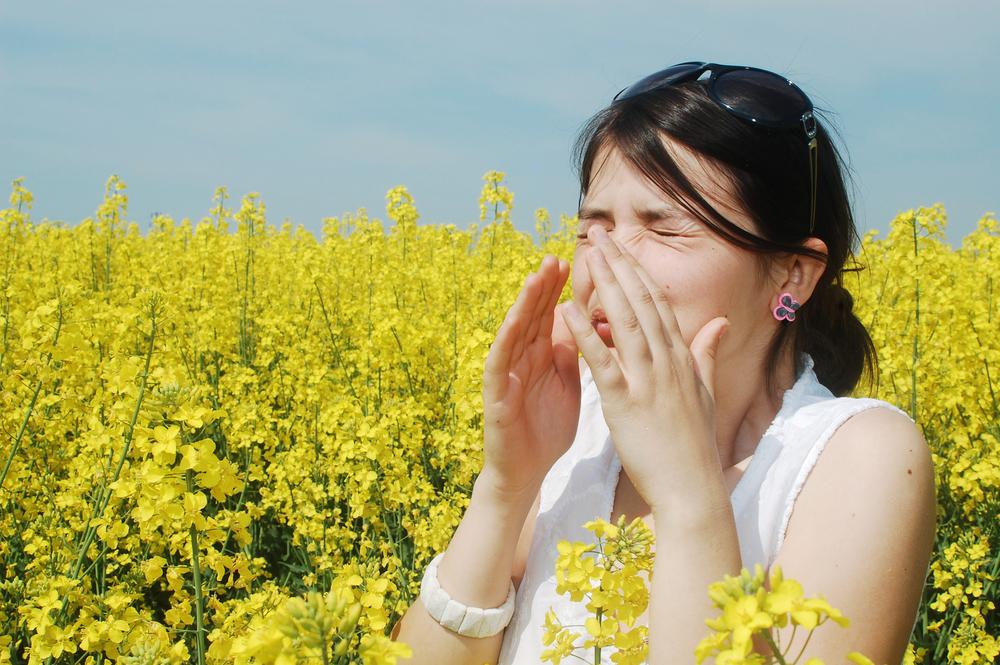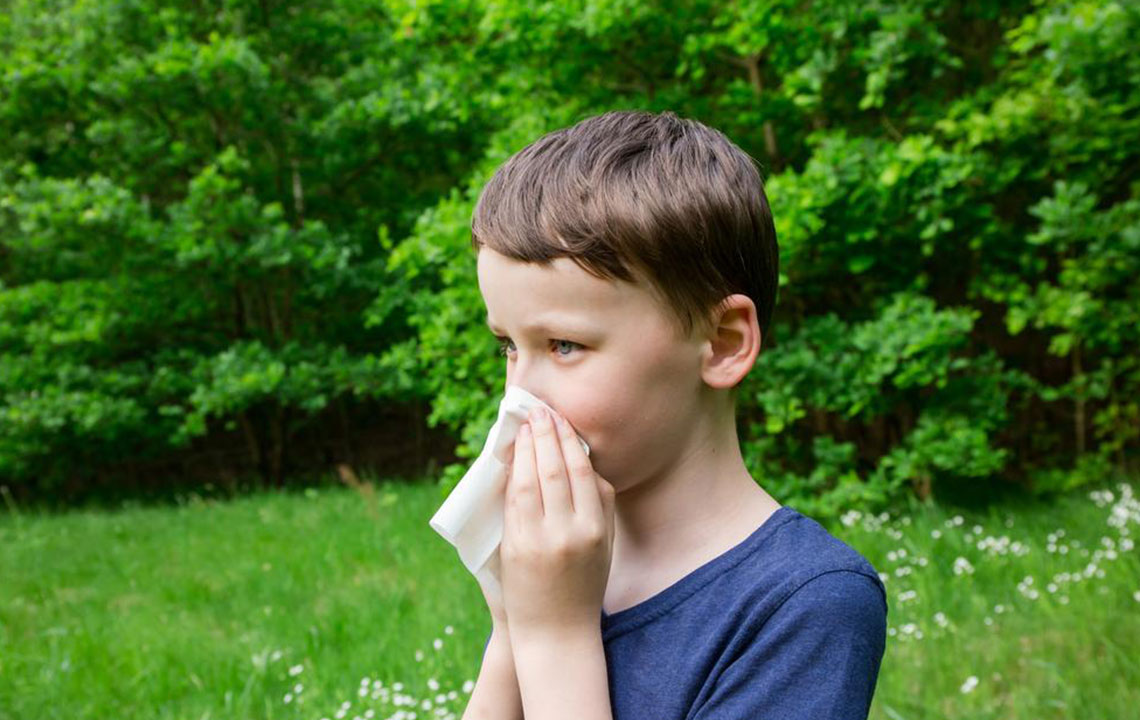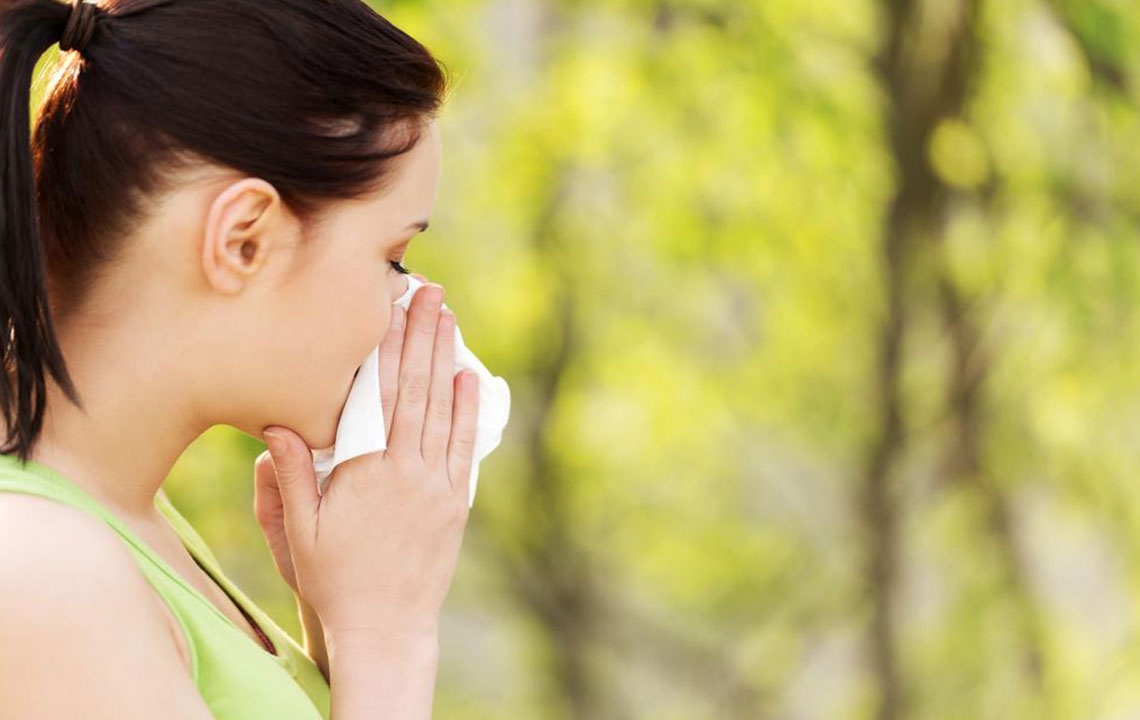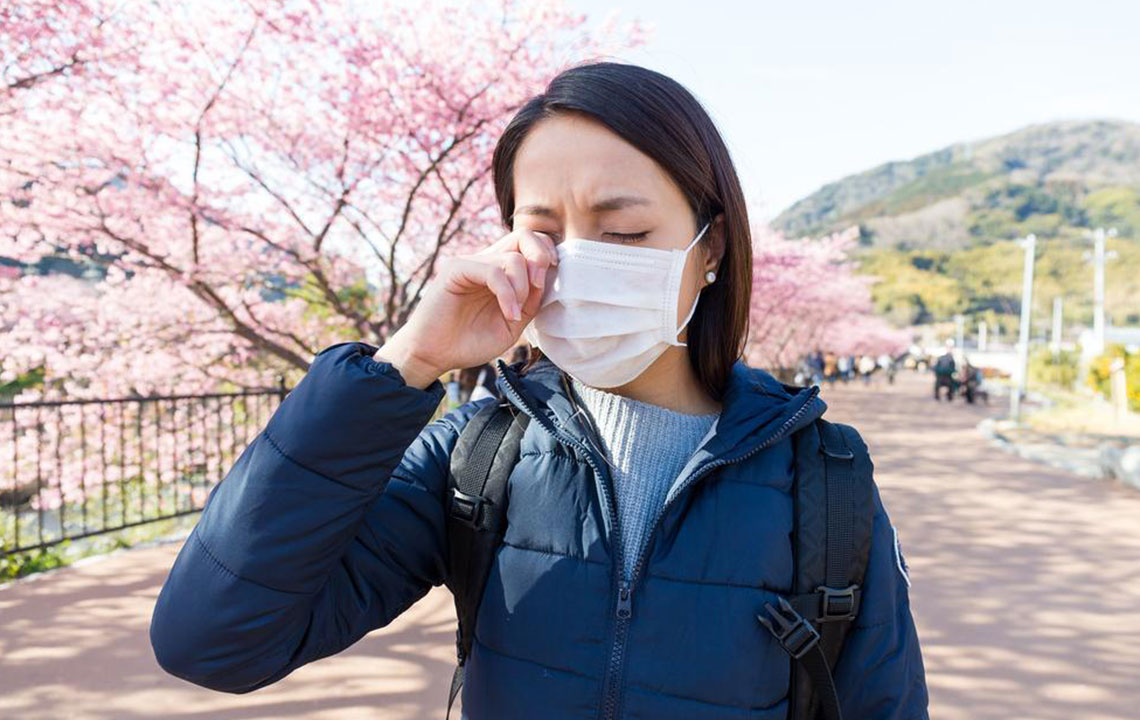Comprehensive Guide to Pollen Allergy: Causes, Symptoms, Prevention, and Treatment Strategies
This comprehensive guide explores pollen allergy causes, common triggers, symptoms, diagnosis, and effective management strategies. Learn how to reduce exposure and control allergy symptoms with lifestyle tips and medical options for a healthier spring and beyond.
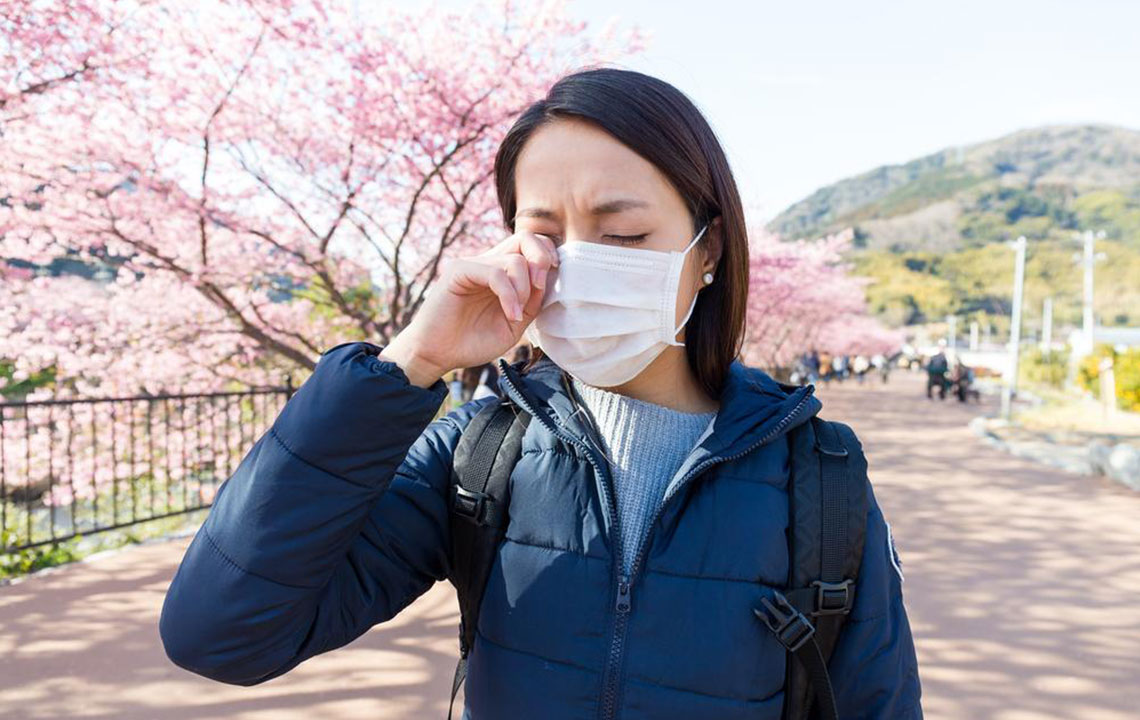
A Complete Overview of Pollen Allergy: Causes, Symptoms, Prevention, and Treatment
As the seasons change and flowers bloom, many people look forward to the vibrant beauty of spring. However, for millions worldwide suffering from pollen allergies, this time of year can bring about discomfort, health issues, and allergic reactions. Pollen allergy, also commonly known as hay fever or allergic rhinitis, is a widespread health concern that affects individuals of all ages, especially during certain times of the year when pollen levels peak. While an outright cure for pollen allergies remains a challenge, effective management, lifestyle modifications, and medical interventions can significantly alleviate symptoms and improve quality of life.
Understanding the Root Causes of Pollen Allergies
Pollen, a fine powder produced by various types of plants, is an essential part of plant reproduction. It is released into the air by flowering trees, grasses, weeds, and other plants during specific seasons. For most people, pollen is harmless; however, for those with pollen allergies, inhaling these tiny particles triggers an exaggerated immune response. The immune system mistakenly identifies pollen as a dangerous substance and releases chemicals like histamines to fight off this perceived threat, leading to allergic symptoms.
The Most Common Types of Pollen That Trigger Allergic Reactions
Not all pollen causes allergies equally — some types are more allergenic than others. Understanding which pollen types are most problematic can help allergy sufferers take targeted preventive measures. Here are some of the most prevalent allergenic pollens:
Birch Pollen: One of the most potent and prevalent airborne allergens, birch trees release billions of pollen grains during their flowering season, which typically occurs in early spring. These lightweight pollen particles can travel over a hundred yards, carried by wind, often causing widespread allergic reactions.
Oak Pollen: Oak trees contribute significantly to pollen counts from March through May. Oak pollen is relatively mild compared to others but tends to stay airborne longer, especially during calm mornings, prolonging allergy symptoms for sensitive individuals.
Grass Pollen: Summer months see an increase in grass pollen, which is notorious for triggering allergies in many individuals. Common grasses like Bermuda, Timothy, and Kentucky bluegrass produce pollen that can cause symptoms upon inhalation or through skin contact, exacerbating respiratory issues.
Ragweed: Ragweed is a major culprit in late summer and fall allergies, especially in North America. There are around 17 types of ragweed plants, and their pollen is capable of traveling vast distances — sometimes hundreds of miles — and surviving the winter months, leading to prolonged allergy seasons.
Recognizing the Symptoms of Pollen Allergy
Pollen allergy symptoms can vary in severity but commonly include:
Runny or stuffy nose
Sneezing episodes
Nasal congestion and sinus pressure
Coughing, often dry or persistent
Itchy throat, nose, or ears
Reduced or lost sense of taste and smell
Swelling or irritation of eyelid skin
Dark circles or bluish skin around the eyes, known as allergic shiners
Worsening of asthma symptoms such as wheezing, shortness of breath
General fatigue and irritation due to constant discomfort
How Healthcare Professionals Diagnose Pollen Allergies
If you experience frequent symptoms during specific seasons or recurrent allergy episodes, consulting a healthcare provider is essential. Diagnosis often involves skin prick tests, where tiny amounts of common allergens are introduced into your skin to observe reactions like swelling, redness, or itching. Blood tests, such as specific IgE tests, can also help confirm sensitivities to particular pollen types. Accurate diagnosis allows for tailored treatment plans and allergen avoidance strategies.
Strategies to Manage and Reduce Pollen Allergy Symptoms
While completely avoiding pollen is practically impossible, especially in outdoor environments, adopting effective strategies can help reduce exposure and ease symptoms:
Plan outdoor activities for late afternoons or after a rainfall, when pollen counts tend to be lower
Stay indoors during peak pollen times, especially early mornings and windy days
Monitor local pollen forecasts regularly and adjust outdoor plans accordingly
Keep windows and doors closed during high pollen seasons to prevent indoor contamination
Use high-efficiency particulate air (HEPA) filters in your heating and cooling systems to remove airborne pollen
Wear protective gear like masks, sunglasses, and hats when venturing outside
Clean your home thoroughly using vacuum cleaners equipped with HEPA filters and wash bedding frequently to remove pollen dust
Dry clothes indoors rather than on outdoor lines during pollen season to avoid contamination
Consider over-the-counter medications such as antihistamines, decongestants, and nasal sprays for immediate symptom relief
For long-term control, allergy immunotherapy (allergy shots) can desensitize your immune response, providing lasting relief after consistent treatment over several months or years
It is crucial to be vigilant and proactive, especially if you notice that symptoms recur annually or worsen over time. Chronic allergies can impair your daily life and lead to complications like sinus infections or worsening asthma, making consultation with a healthcare professional essential. With proper management, most individuals can lead comfortable and active lives despite their pollen allergies.
